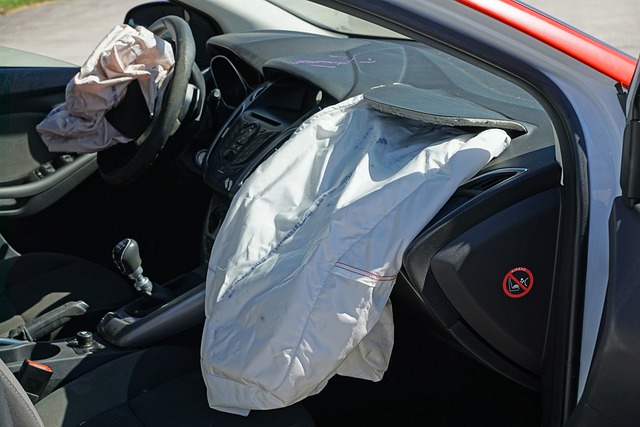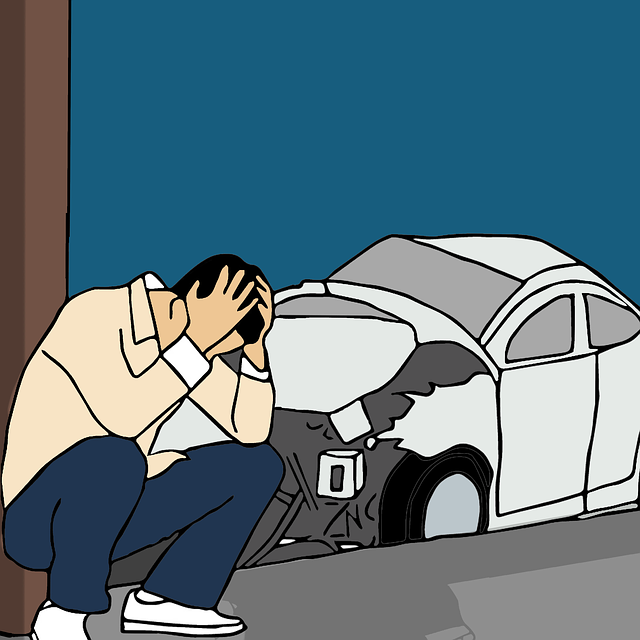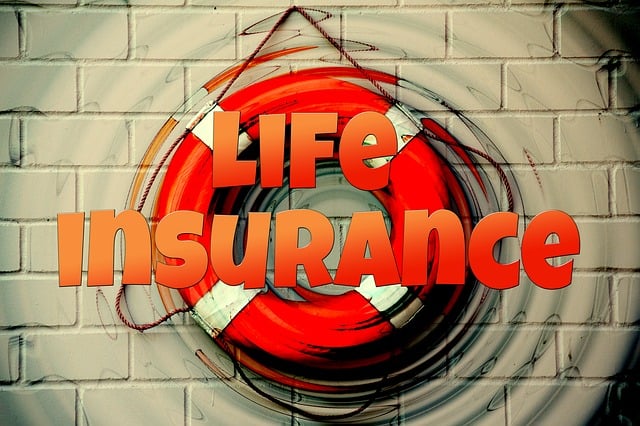To choose the best car insurance policy, follow these steps:
1. Assess Personal Factors: Consider vehicle type, age, driving history, location, and personal finances. Check local regulations for minimum liability coverage.
2. Understand Coverage Types: Learn about liability, collision, comprehensive, PIP, and other coverages to tailor your policy to specific needs.
3. Compare Quotes: Gather quotes from multiple insurers, comparing key elements like liability limits, deductibles, and perks. Look for discrepancies in coverage terms.
4. Consider Deductibles: Choose deductibles based on financial health and driving habits. Higher deductibles can lower premiums but increase out-of-pocket costs for repairs.
5. Seek Additional Benefits: Look for perks like roadside assistance, rental car coverage, and discounts for safe driving or specific needs, ensuring your policy offers comprehensive protection.
6. Understand Exclusions: Carefully read the fine print to identify what's excluded from your policy and decide if additional coverage is necessary based on risk assessment.
Selecting the right auto insurance policy is a crucial step in protecting your vehicle and yourself on the road. This guide will help you navigate the process of choosing the best car insurance policy tailored to your needs. We’ll break down essential aspects, from understanding coverage options and evaluating risk factors to comparing quotes and exploring add-ons. By following these steps, you’ll be equipped with the knowledge to make an informed decision and find the ideal policy that suits your vehicle and budget.
Understanding Your Auto Insurance Needs

Understanding your auto insurance needs is the first step in choosing the best car insurance policy for you. This involves evaluating factors like the type and age of your vehicle, driving history, location, and personal financial situation. Different states have varying requirements for minimum liability coverage, so it’s essential to check local regulations. Additionally, consider optional coverages such as comprehensive and collision, which protect against non-liability losses like accidents or theft.
When deciding on a policy, look for balance between coverage and cost. While thorough coverage provides peace of mind, excessive policies can inflate premiums. Compare quotes from multiple insurers, ensuring you’re getting the best value for your money. Read the fine print to understand exclusions and limitations, as well as the terms and conditions associated with each policy option. This will help ensure that your auto insurance policy aligns with your specific needs and budget.
Types of Car Insurance Policies: A Comprehensive Overview

When it comes to selecting the best car insurance policy, understanding the various types available is a crucial first step. Auto insurance policies are designed to protect drivers and their vehicles from financial loss in case of accidents or other unforeseen events. The most common types include liability coverage, collision coverage, comprehensive coverage, and personal injury protection (PIP).
Liability coverage protects against claims made by others for damages resulting from an accident where you’re at fault. Collision coverage pays for repairs to your vehicle if it’s damaged in a crash. Comprehensive coverage offers protection against non-collision events like theft, vandalism, or natural disasters. PIP, short for Personal Injury Protection, covers medical expenses and lost wages for the policyholder and their passengers, regardless of who’s at fault. Knowing these options is key to How to Choose the Best Car Insurance Policy that aligns with your specific needs.
Key Coverage Components to Look For

When shopping for the best car insurance policy, understanding key coverage components is essential. How to Choose the Best Car Insurance Policy involves evaluating several elements. First, liability coverage protects you against financial loss if you cause damage to others’ property or injury to someone else. The minimum required levels vary by region but typically include bodily injury and property damage liability. Second, collision coverage pays for repairs to your vehicle if it’s damaged in an accident, regardless of fault. This is optional in some places but can be invaluable if you drive an expensive car.
Third, comprehensive coverage kicks in when your car suffers non-accident related damages like theft, vandalism, or natural disasters. While often pricier than collision, comprehensive can save you from paying out-of-pocket for these unexpected events. Additionally, consider uninsured/underinsured motorist coverage, which protects you if the at-fault driver doesn’t have adequate insurance. Finally, review medical payments or personal injury protection (PIP) options, which cover medical bills in case of an accident, regardless of fault. These components collectively form a robust auto insurance policy tailored to your needs.
Assessing Risk and Determining Premium

When choosing the best car insurance policy, understanding your risk profile is paramount. Insurers evaluate various factors to determine your premium, such as your driving history, vehicle make and model, location, and claims experience. A clean driving record typically translates to lower premiums as it signifies a reduced likelihood of accidents or reckless behavior. Conversely, traffic violations, at-fault accidents, or multiple claims can significantly increase costs.
Additionally, the type and age of your vehicle play a role in pricing. Newer cars with advanced safety features may attract lower rates due to their reduced risk profile. Conversely, older vehicles, especially high-risk models, could command higher premiums. Your location also matters; urban areas with higher theft rates or dense traffic might result in higher insurance costs compared to rural or less congested regions. By factoring in these elements, you can better navigate how to choose the best car insurance policy tailored to your unique circumstances.
Comparing Quotes from Different Providers

When shopping for the best car insurance policy, comparing quotes from different providers is a crucial step in the process. Start by collecting quotes from several reputable insurers to gain an accurate understanding of market rates and coverage options. Make sure to compare apples to apples when evaluating policies, focusing on aspects like liability limits, deductibles, and additional perks offered.
Use online tools and comparison websites to streamline this process, allowing you to input your vehicle information and driver details once, then generate multiple quotes quickly. Pay attention to any discrepancies in coverage terms or exclusions between quotes, as these can significantly impact the overall cost and reliability of the policy.
Navigating Deductibles and Their Impact

Navigating deductibles is a crucial part of understanding and choosing the best car insurance policy for your vehicle. A deductible is the amount you agree to pay out-of-pocket for repairs or claims before your insurance coverage kicks in. It’s a significant factor because it directly impacts your premium costs; typically, higher deductibles result in lower monthly premiums. However, this also means you’ll be responsible for a larger portion of the repair or claim expenses if an incident occurs.
When deciding on a deductible, consider your financial situation and driving habits. If you have a solid financial buffer and drive cautiously, opting for a higher deductible could save you money in the long run. Conversely, if you’re prone to accidents or live in an area with high theft rates, a lower deductible might offer more protection against unexpected costs. Understanding this balance is key to How to Choose the Best Car Insurance Policy for your needs.
Exploring Additional Benefits and Perks

When exploring how to choose the best car insurance policy, it’s crucial to look beyond the core coverage and consider additional benefits that can significantly enhance your overall experience. Many auto insurance providers offer perks tailored to specific needs, such as roadside assistance, rental car coverage, and discounts for safe driving or good students. These extras can provide valuable peace of mind and savings, especially during unforeseen circumstances like breakdowns or accidents.
Assess your personal requirements and lifestyle when reviewing policies. For instance, if you frequently drive long distances, emergency assistance and extended warranty options could be beneficial. Alternatively, if safety is a top priority, look for policies with advanced driver-assistance systems (ADAS) coverage or collision repair guarantees. By understanding these additional benefits and aligning them with your needs, you can make an informed decision to secure the ideal car insurance policy that goes beyond basic protection.
Understanding Exclusions and Limitations

When shopping for the best car insurance policy, understanding exclusions and limitations is crucial to making an informed decision. These are specific circumstances or events that your insurance won’t cover. For instance, many policies exclude coverage for accidents caused by driving under the influence of alcohol or drugs. Some may not cover damage to your vehicle from natural disasters like floods or earthquakes. Understanding these exclusions helps you choose a policy that aligns with your needs and drives peace of mind.
Knowing what’s excluded allows you to weigh the risks and decide if you need additional coverage or endorsements. It’s also important to read the fine print carefully and ask questions about any terms you’re unsure about. This proactive approach ensures you get the most comprehensive protection for your vehicle, tailored to how you use it and the areas where you drive.
Choosing the Best Policy for Your Vehicle: Final Tips

When selecting the best car insurance policy, consider your vehicle’s make and model. High-value or luxury cars often come with higher replacement costs, making comprehensive coverage a wise choice. Conversely, for older or less expensive vehicles, liability-only might suffice. Additionally, review your driving history; those with clean records can expect better rates.
Remember to assess your personal needs and budget. Compare quotes from various insurers, ensuring you understand the policy’s deductibles, coverage limits, and any exclusions. Don’t be swayed solely by price; value for money is key. Look for perks like roadside assistance or discount programs that can further enhance your policy’s appeal.
